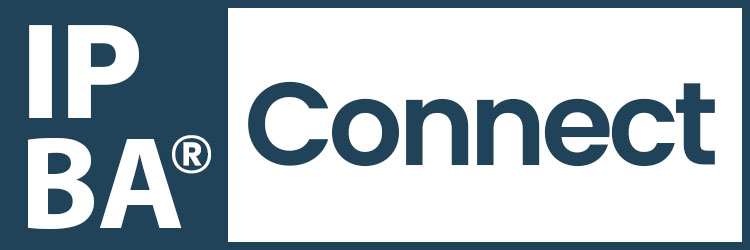
Streamlining patent👉 A legal right granting exclusive control over an invention for a limited time. drafting isn’t just about speeding up the process; it’s also a powerful tool for improving the quality and consistency of patent applications. Traditionally, patent drafting has been a highly manual and individualized process, prone to inconsistencies, errors, and variations in quality. However, with the advent of new technologies and streamlined workflows, we can achieve greater accuracy and clarity in patent applications, ultimately leading to stronger and more valuable patents.
Improved patent quality
One of the key ways streamlining improves patent quality is by reducing the risk👉 The probability of adverse outcomes due to uncertainty in future events. of human error. Manual drafting is susceptible to typos, grammatical mistakes, and inconsistencies in terminology. These errors, while seemingly minor, can have significant consequences during the patent examination process, potentially leading to delays, objections, or even rejection of the application. Streamlined workflows, often incorporating automated checks and quality control measures, can help minimize these errors, ensuring that patent applications are accurate and free of inconsistencies.
Furthermore, streamlining can enhance the clarity and conciseness of patent applications. A well-drafted patent should be clear, concise, and easy to understand, even for those who are not experts in the field. This clarity is crucial for patent examiners, who need to understand the invention👉 A novel method, process or product that is original and useful. to assess its novelty👉 Requirement that an invention must be new and not previously disclosed. and non-obviousness. It’s also important for potential licensees or investors who need to evaluate the commercial potential of the invention. Streamlined drafting processes often incorporate standardized templates and best practices, promoting a clear and consistent writing style that enhances readability and comprehension.
Another important aspect of patent quality is legal soundness. Patent applications must adhere to strict legal requirements and be drafted in a way that maximizes the scope of protection for the invention. Streamlined workflows can incorporate legal checklists and automated tools that ensure compliance with relevant laws and regulations. This reduces the risk of legal challenges and ensures that the patent application is as strong and enforceable as possible.
Improved consistency
Consistency is another crucial element of patent quality, especially for companies with large patent portfolios. Inconsistent terminology, varying claim structures, and differing writing styles across a portfolio can create confusion, complicate patent management, and weaken the overall strength of the IP assets. Streamlined drafting processes can help enforce consistency by using standardized templates, predefined claim structures, and automated quality checks. This ensures that all patent applications within a portfolio adhere to the same standards, making them easier to manage, enforce, and leverage for licensing👉 Permission to use a right or asset granted by its owner. or other business purposes.
Moreover, streamlining can facilitate collaboration among different stakeholders involved in the patent drafting process. By using shared platforms and standardized workflows, inventors, patent attorneys, and in-house IP teams can work together more efficiently, ensuring that everyone is on the same page and that the patent application accurately reflects the invention and its intended use. This collaborative approach can lead to higher-quality patent applications that are better aligned with the company’s business objectives👉 Clear, measurable goals guiding a company’s strategy, priorities, and resource allocation..
The benefits of improved patent quality and consistency are significant. They can lead to:
- Stronger Patents: Clear, concise, and legally sound patents are more likely to be granted and upheld in court, providing robust protection for the invention.
- Faster Time-to-Market: High-quality patent applications are less likely to face objections or delays during the examination process, allowing companies to bring their innovations faster to the market.
- Increased Licensing and Investment Potential: Well-drafted patents are more attractive to potential licensees or investors, as they clearly demonstrate the value and potential of the invention.
- Reduced Litigation Risk: Strong and enforceable patents can deter infringement👉 Unauthorized use or exploitation of IP rights. and reduce the risk of costly litigation.
- Enhanced Reputation: A company with a reputation for high-quality patents is seen as a more reliable and trustworthy partner, enhancing its credibility.
Conclusion
In conclusion, streamlining patent drafting is not just about efficiency and cost reduction; it’s also a crucial step towards improving the quality and consistency of patent applications. By embracing new technologies and approaches, we can ensure that patents are clear, concise, legally sound, and aligned with the company’s goals. This ultimately leads to stronger IP protection, faster innovation👉 Practical application of new ideas to create value. cycles, and greater success in the marketplace.
